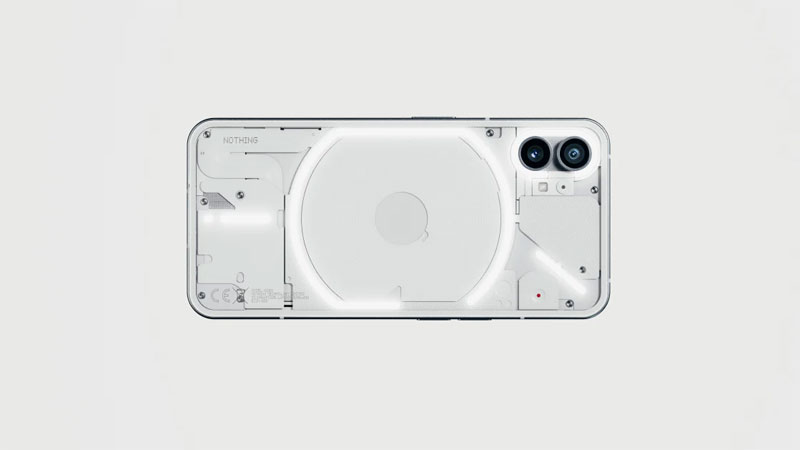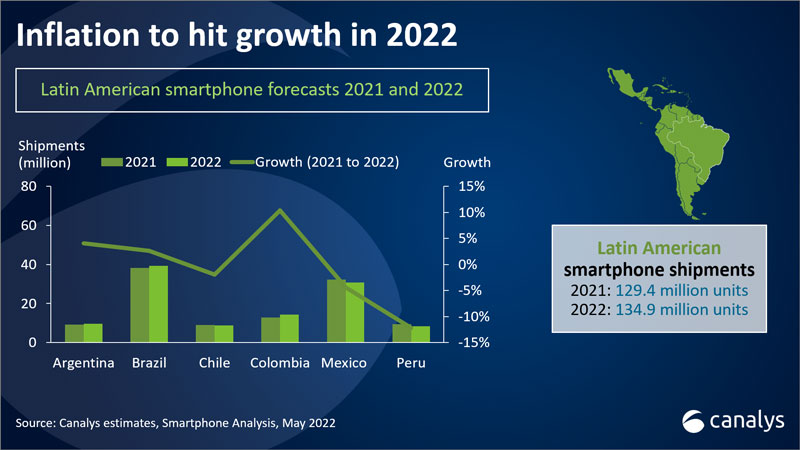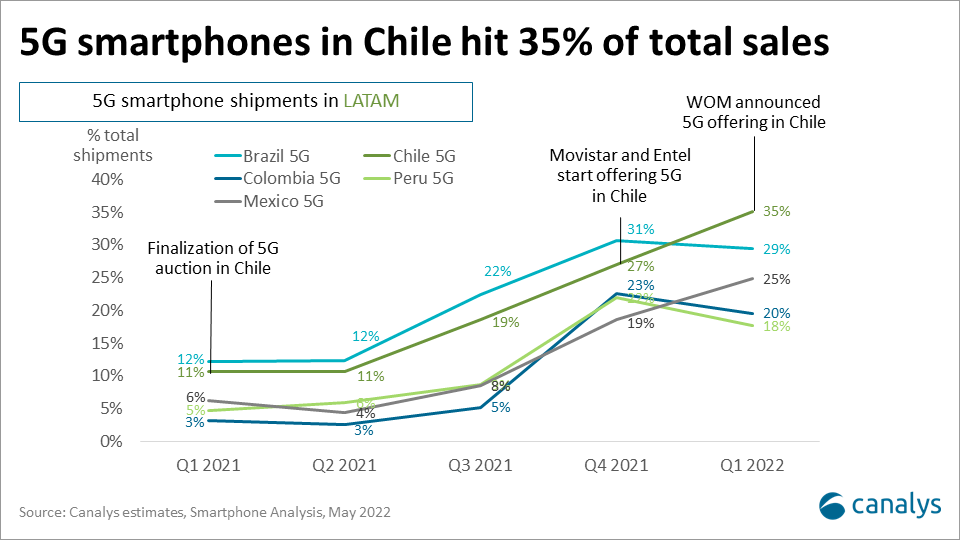
Can Nothing follow in OnePlus’ early footsteps, or will it suffer an Essential ending?
There has been some welcome excitement in the smartphone market in recent weeks as former OnePlus co-founder Carl Pei’s Nothing first teased and then unveiled the mid-range Nothing Phone (1).
There has been some welcome excitement in the smartphone market in recent weeks as former OnePlus co-founder Carl Pei’s Nothing first teased and then unveiled the mid-range Nothing Phone (1). People have drawn similarities between the new handset and the early OnePlus “flagship killers” that first came out in 2014. These were aimed at enthusiasts, with lightweight, near stock Android operating systems and well specified processors for their prices.
While the Nothing Phone (1) did not follow suit, coming with a mid-range chip instead of a high-end one, times have changed, and Nothing’s view of what truly adds value to a mid-range handset is new. The phone’s key differentiator, other than its eye-catching transparent body and light-up Glyph interface, is that it is also trying to mix in the company’s ethos.
The campaign around the Phone (1)’s release has been small-scale and casual, allowing the founder and his team to take a more informal approach that appeals to the enthusiast market. But the enthusiast market is fickle and not something a for-profit company can rely on. Essential failed to live up to its hype and went out of business in 2020, while OnePlus eventually changed direction to go after a broader audience. It is worth noting that Nothing acquired Essential’s intellectual property rights in 2021.
The hardware game
Looking at the Phone (1)’s specifications, there is nothing much to shout about, considering the many alternatives from a wide variety of brands, such as Apple, Google, Nokia, OnePlus, OPPO and Samsung. But specifications aren’t the focus here due to the maturity of the smartphone market. The theme of the phone, other than its interesting lights, revolves around a balance of performance, efficiency and reliability. The more important aspect is that Nothing is trying to make this balance concept more appealing. Other companies are selling cutting-edge specifications, such as Xiaomi’s recent camera technology or Apple’s A series chip performance. Throughout Nothing’s event, the simple aspects covered were:
- Power – it can easily play Diablo Immortal (a processor-intensive mobile game released in June 2022).
- Efficiency – its battery can last more than a day with a bloat-free Android experience.
- User experience.
- Bloatware-free – Nothing offered a one-page overview of applications (that’s all it has).
- Minimal bugs – most Nothing engineers were hired to remove bugs (over 500 engineers trying to close queue tickets in JIRA despite the limited number of applications).
- Good – if not stellar – camera quality. Part of the launch event was recorded using the Nothing Phone (1), emphasizing that number of cameras does not positively correlate to better camera quality in most cases.
- Base £399 (US$480) price tag for 8GB RAM and 128GB storage.
Despite this, there is a lack of proper waterproofing – IP53 (merely water resistant with below average dust proofing). The hardware shell design seems to bear many similarities to that of the Essential Phone, which had an IP55 rating. This may cast doubt on its long-term durability and reliability.
On the other hand, this move may be a sign of how Nothing sees its current intended market segment regarding reliability and durability. Settling with an IP53 rating may be a risk worth taking to lower costs and gain some margin to help fund device support and new product releases. Though it is also worth noting that this strategy did not work for Essential, despite having security support for three years and two years of Android updates.
What to expect from Nothing
What we have seen from the launch has not been an over-promise of technological breakthroughs but a focus on slight differentiators and a balanced performance in terms of camera quality, gaming performance, battery life and, most importantly, everyday use. In other words, Nothing’s approach here is nothing like OnePlus’ initial “flagship killer” strategy. Nevertheless, there is still much ground to cover, with Nothing OS having to deliver its intended smooth user experience while ensuring solid security – Android vulnerabilities were recently discovered in some new Samsung and Google devices, and such vulnerabilities would likely be a concern for tech enthusiasts, the main user group Nothing is currently focusing on.
Despite positive first impressions, tech enthusiasts will heavily scrutinize the launch product. Some users who have already used the phone for a while felt that the Glyph interface is not useful in many situations, especially when the phone is laid on its back. This means that the device is reliant on its user interface, security and lack of bugs to attract buyers. Also, we must hope that its channel operations and heavy reliance on its branding stay strong until its next release. Essential failed before its second phone made it to launch.
Next steps
Despite the mature and highly competitive smartphone market, Nothing may score some early wins, as OnePlus did, and gain enough resources and support for its next generation.
This will require the flexibility and freedom that founder Carl Pei is now assumed to have more of in Nothing. The company is backed by fellow tech enthusiasts as well, such as Reddit CEO and co-founder Steve Huffman, Twitch co-founder Kelvin Lin and iPod inventor Tony Faddell. And then there is the US$15 million invested by Alphabet’s GV. All this has created a great deal of hype within the tech community.
The Phone (1) comes after Nothing’s Ear (1) TWS launch less than a year ago. The devices share a similar design language, including a transparent back, which makes for a range of distinct and cohesive products and strong brand recognition. Nothing hints at venturing into other IoT devices. On its web site, it asks visitors to imagine a world where all their devices are “seamlessly connected”, technology “just works” and “feels like nothing”. It’s a refreshing approach, yet an ambitious goal for such a young company.
Share this article
CATEGORY
- All
- Canalys Forums
- Canalys Forums,Channels
- Canalys Forums,Channels,Partner Program
- Canalys Forums,Channels,Sustainability
- Canalys Forums,Sustainability
- Enterprise
- Market
- Market,Canalys Forums,Channels
- Market,Canalys Forums,Channels,Cloud
- Market,Canalys Forums,Channels,Sustainability
- Market,Channels,PC
- Market,PC
- Market,Smartphone
- Market,Technology,AR/XR/VR
- Market,Technology,Automotive
- Market,Technology,Canalys Forums,Channels
- Market,Technology,Canalys Forums,Channels,Cloud
- Market,Technology,Channels
- Market,Technology,Channels,Cloud,Partner Program
- Market,Technology,Smart Personal Audio
- Market,Technology,Smart Speaker
- Market,Technology,Smartphone
- Smart Personal Audio
- Smartphone
- Technology
- Technology,Canalys Forums,Channels,Security
- Technology,Channels
- Technology,Channels,Cloud,Partner Program
- Technology,Channels,Partner Program
- Technology,Unified Communications
- Technology,Wearable Band

